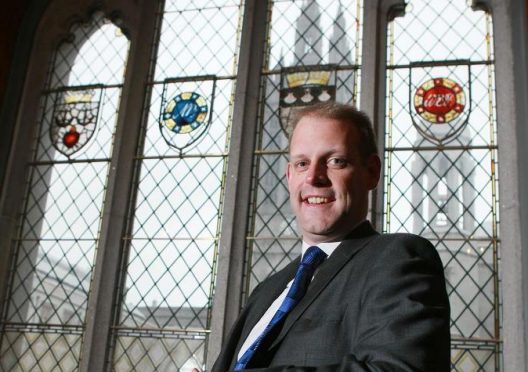An Aberdeen academic has discovered the site where a meeting described as “potentially the most powerful meeting of English literature in the 20th century” took place during World War I.
Almost 100 years ago, a meeting took place between three of the most celebrated writers of the time.
In April 1917, war poets Wilfred Owen and Siegfried Sassoon were taken to Craiglockhart Hospital in Edinburgh, after suffering injuries in war.
During their time in the city, they met a third war poet, Robert Graves.
For years, the exact location of the get-together was unknown.
Neil McLennan, a senior lecturer at Aberdeen University, became interested in the mystery almost a decade ago and is delighted to now have found the answer.
He said: “Confirming this venue has been something that I really got between my teeth. We always knew the three men met in Edinburgh but not where.
Scholars had previously made attempts to identify the meeting place, but none were able to confirm the exact location where it took place.
After searching archives across the UK, it was a conversation with an American archivist which led him to Southern Illinois University, and the crucial clue which allowed him to pinpoint where the meeting took place.
Mr Mclennan said: “There for all to see is a letter from Siegfried Sassoon to Robert Graves.
“In it, he describes how he has a golf match on the day of Graves’ visit, which unsurprisingly he did not wish to cancel, and he asks Graves to travel to meet him at Juniper Green and Baberton
Golf Club specifically.”
The golf club, in Edinburgh, now intends to create a permanent reminder of the meeting for visitors to view.
Explaining the significance of his findings, Mr McLennan said: “Many may wonder why this matters but it is an important piece of the city’s literary history.
“One of Edinburgh’s golf clubs can say it held potentially the most powerful meeting of English literature in the 20th century. The three most significant war poets were there.”
Mr McLennan presented his findings at Aberdeen University’s World War I conference, and will share his research as part of an event at the May Festival. For more information visit
https://www.abdn.ac.uk/mayfestival/
.










